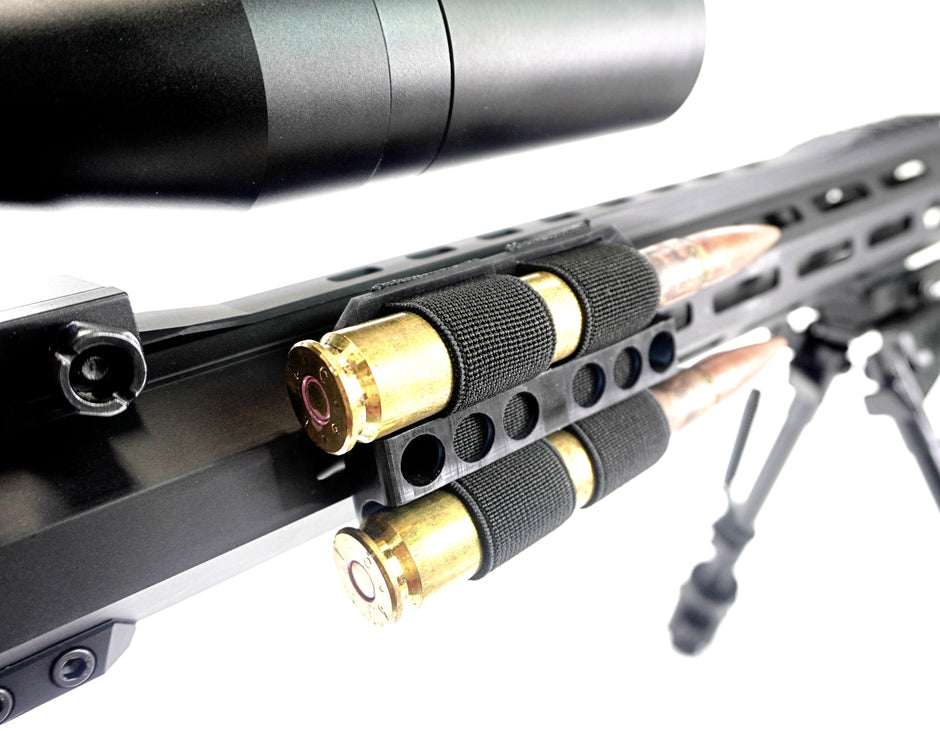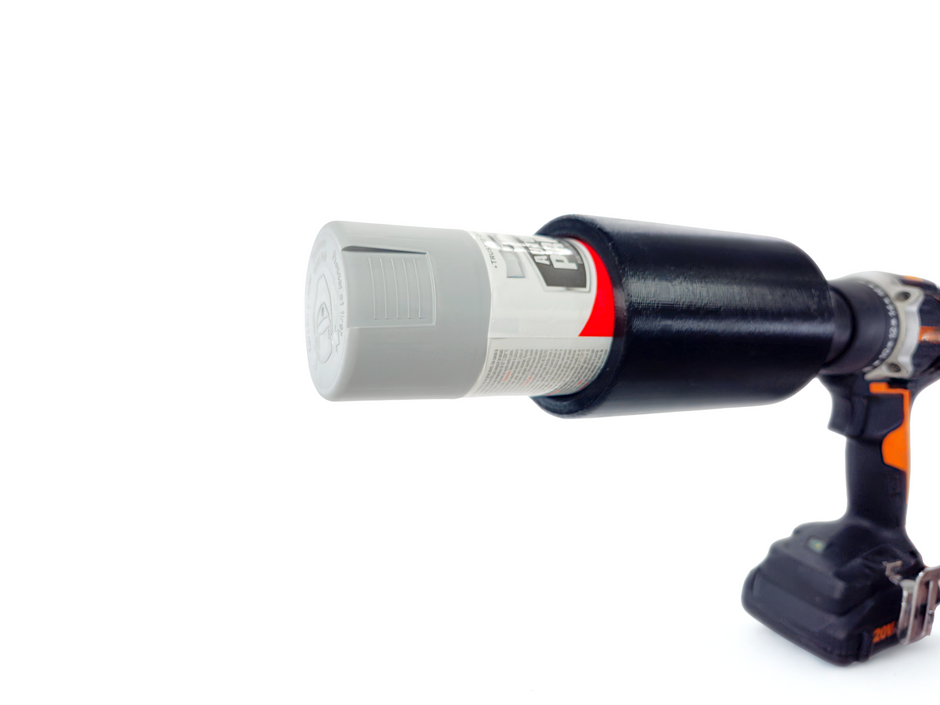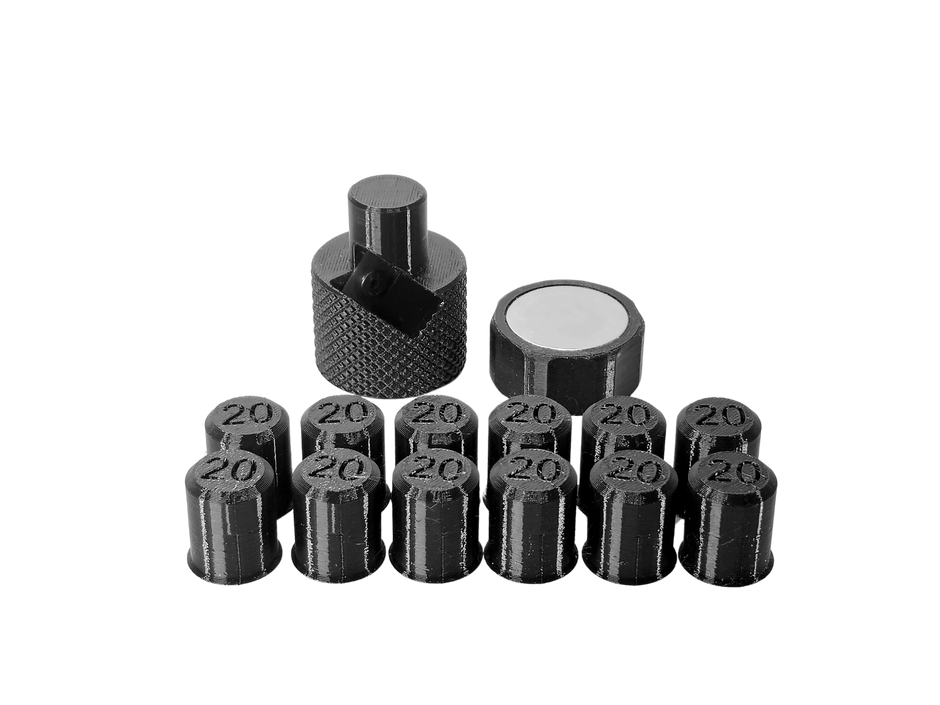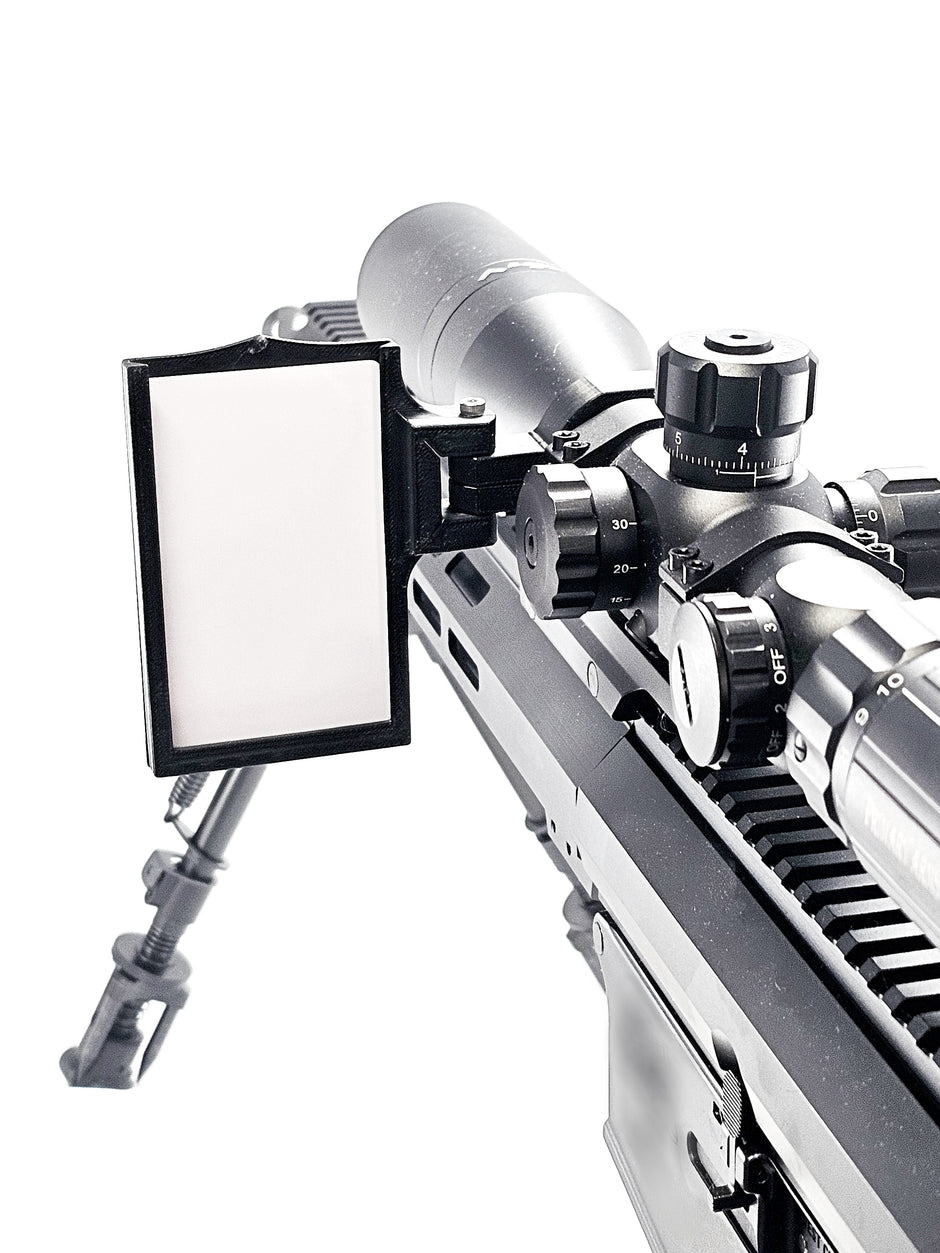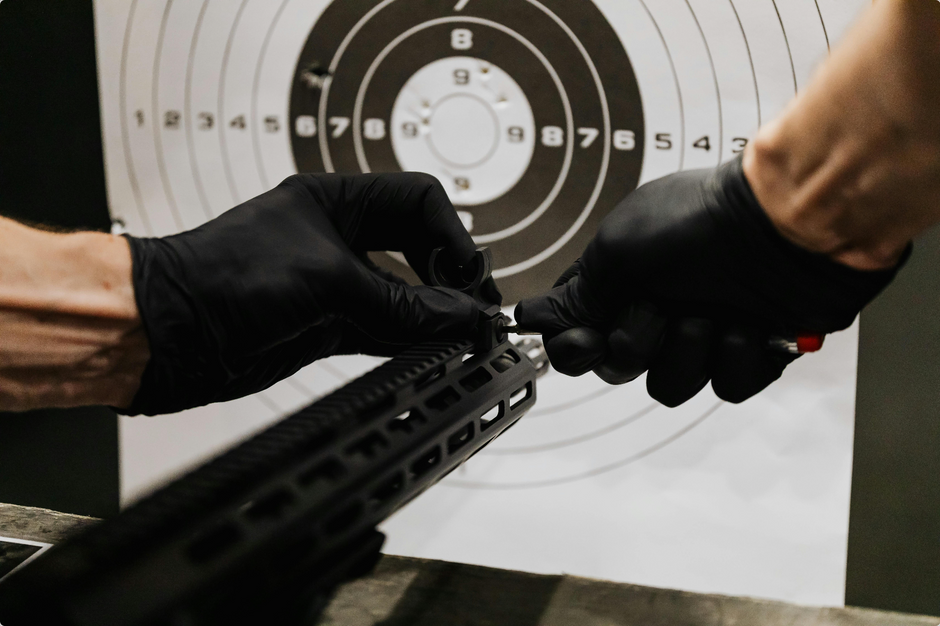Daily activities are redundant and can seem to be so normal and small for many of us. However, there are also many people in the world who may find these little tasks intimidating due to several reasons, mostly because of certain disabilities.
Cue in: assistive devices.
These are designed to enhance the quality of life for individuals with disabilities by providing them with the tools needed to perform such daily tasks independently. You’ll find different types of assistive devices ranging from high-tech innovations to simple yet effective tools that address specific challenges.
If you are someone who needs information on such helpful tools, this article is for you. Here are five types of assistive devices and specific examples to get you started!
1. Daily Living Aids
Tools for daily living are aids that help individuals with disabilities perform everyday tasks that seem to be quite challenging. Examples of these are specially designed utensils to make eating easier, grab bars and shower chairs to help with stability and reduce risk of falling, and reachers or grabbers to help pick up objects without bending down. These daily living aids are essential for maintaining independence in daily routines and ensure that individuals can care for themselves with minimal assistance.
2. Personal Care Aids
Personal care aids are designed to help individuals manage their personal hygiene and grooming. One noteworthy example is the one-handed nail clipper, a simple yet transformative tool for those with limited dexterity or grip strength.
This specific assistive device is designed for individuals who have difficulty using traditional nail clippers due to conditions like arthritis, stroke, or other mobility impairments. It has a sharp, durable blade that ensures a clean cut, while its ergonomic design allows the user to use it with one hand only.
The beauty of personal care assistive devices like this one promotes autonomy and empowers individuals to take back their control over their hygiene routines, contributing to their overall sense of well-being.
3. Communication Aids
Communication aids are designed for those who have difficulty with speech or writing. Examples of these devices include text-to-speech software, communication boards, and speech-generating devices. These communication aids help individuals express themselves and engage with others.
4. Sensory Aids
For individuals with visual or hearing impairments, sensory aids are here to assist. These devices enhance or replace sensory input, helping users stay connected with the world around them. Sensory aids include hearing aids, braille readers, and vibrating alarm clocks. These are very useful so that persons with sensory disabilities can continue to communicate and interact with their surroundings.
5. Mobility Aids
The most recognized type of assistive device are mobility aids such as wheelchairs, scooters, canes and walkers, and crutches. And you guessed it, this type of aid helps people who have a hard time walking or moving around. They are essential for improving ease of movement and help individuals navigate everywhere more easily and safely.
Bonus: Assistive Technology
Assistive technology is a new wave of assistive devices that are becoming increasingly important. These are types of software created to help people with disabilities deal with gadgets like computers, smartphones, and other digital devices. Examples include screen readers, voice recognition software, and even switches and eye trackers. The primary purpose for their creation is to help eliminate the barriers for people with disabilities. Assistive technology serves as the bridge between them and the digital world, allowing them to work, learn, and connect with others better.
Final Thoughts
As you can see, there are many types of assistive devices, each one addressing a specific need or challenge faced by people with disabilities. From mobility to personal care, these aids play a vital role in helping restore an individual’s independence in their daily lives, improving the ease of daily tasks, one day at a time. By learning more about assistive devices and their uses, we can spread the word about it, better support and advocate inclusivity, ang help those in need of these tools that make a difference in their lives.




